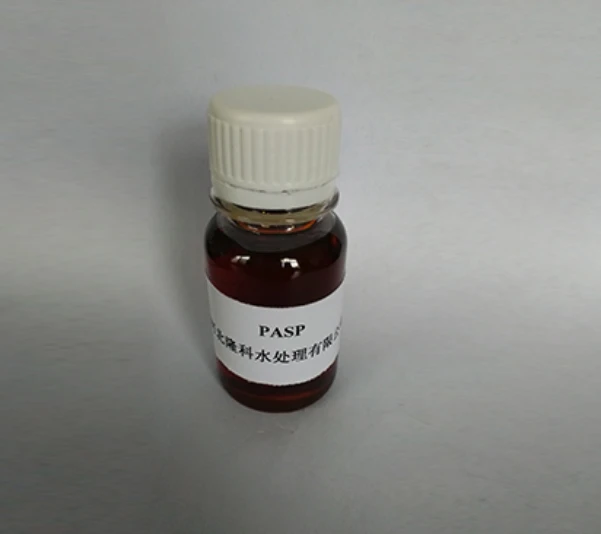Exploring the Applications and Impacts of Organophosphonates in Modern Chemistry
Exploring Organophosphonates Structure, Applications, and Environmental Impact
Organophosphonates are a class of chemical compounds characterized by a phosphorus atom bonded to an organic moiety and typically an oxygen substituent, often represented by the general formula R–P(=O)(O–R')–R''. These versatile compounds play a crucial role in various fields including agriculture, industry, and environmental science. Their unique properties make them essential in numerous applications, but they also raise important concerns regarding their environmental impact and potential toxicity.
Structure and Synthesis
Organophosphonates are distinguished by their phosphorus-to-carbon bond and phosphate-like functionalities. The general structure includes a central phosphorus atom surrounded by oxygen, carbon, and sometimes nitrogen or sulfur atoms. This configuration allows for diverse reactivity and biological interactions. Organophosphonates can be synthesized through various methods, including the reaction of phosphorous acid with organohalides or the modification of phosphonates through selective substitution reactions. This flexibility in synthesis empowers researchers and industries alike to design organophosphonates with tailored properties for specific applications.
Applications in Agriculture
One of the most prominent uses of organophosphonates is in agriculture, particularly as herbicides, insecticides, and fungicides. Their effectiveness derives from their ability to interfere with essential physiological processes in pests and weeds. For instance, certain organophosphonates disrupt the normal functioning of neurotransmitters, leading to paralysis and death in insects. This mechanism of action aligns with their structural analogs, organophosphate insecticides, which are well-documented for their utility in pest control. However, unlike traditional organophosphates, organophosphonates typically exhibit lower toxicity to non-target organisms, including humans, making them a more desirable option in integrated pest management strategies.
In addition to their role as pesticides, organophosphonates are utilized as chelating agents and surfactants, providing a dual function in enhancing the efficacy of fertilizers and improving the uptake of nutrients by crops.
Industrial Uses
Beyond agriculture, organophosphonates find applications in various industrial sectors. They are commonly used as flame retardants, plasticizers, and stabilizers in plastics. Their ability to form strong bonds with metals also makes them valuable in wastewater treatment processes, where they can sequester heavy metals and mitigate environmental pollution. Additionally, organophosphonates serve as intermediates in the synthesis of specialty chemicals, pharmaceuticals, and agrochemicals, highlighting their versatility in modern chemical manufacturing.
organophosphonates

Environmental Concerns
Despite their valuable applications, the widespread use of organophosphonates raises significant environmental and health concerns. Although they are recognized for having a lower toxicity profile than their organophosphate counterparts, residues can still persist in the environment, leading to bioaccumulation and potential ecological disruption. Studies have shown that organophosphonates can affect non-target organisms, raising questions about their long-term effects on biodiversity and ecosystem health.
Moreover, as these compounds enter aquatic systems, they can undergo biotransformation, leading to the formation of more toxic metabolites. This necessitates a careful assessment of their environmental fate, monitoring, and risk management strategies to mitigate potential adverse effects.
Future Perspectives
The future of organophosphonates is promising, particularly with the increasing push towards sustainable practices in agriculture and industry. Advances in green chemistry may pave the way for the development of more environmentally benign organophosphonates and their derivatives. Research is ongoing to optimize their structures to enhance efficiency while minimizing environmental impact.
Additionally, innovative approaches such as using organophosphonates in targeted delivery systems for agrochemicals or pharmaceuticals could revolutionize their application, thereby reducing the quantities required and limiting potential off-target effects.
Conclusion
Organophosphonates represent a fascinating and multifaceted class of compounds with significant implications in numerous fields. Their structural diversity and functional versatility make them indispensable in agriculture and industry. However, the potential risks associated with their use underscore the importance of continuous research and monitoring to ensure that their benefits can be harnessed sustainably. As the scientific community strives to balance the need for effective chemical solutions with environmental safety, organophosphonates will continue to be a critical subject of study and development in the years to come.
-
Water Treatment with Flocculant Water TreatmentNewsJun.12,2025
-
Polymaleic AnhydrideNewsJun.12,2025
-
Polyaspartic AcidNewsJun.12,2025
-
Enhance Industrial Processes with IsothiazolinonesNewsJun.12,2025
-
Enhance Industrial Processes with PBTCA SolutionsNewsJun.12,2025
-
Dodecyldimethylbenzylammonium Chloride SolutionsNewsJun.12,2025





